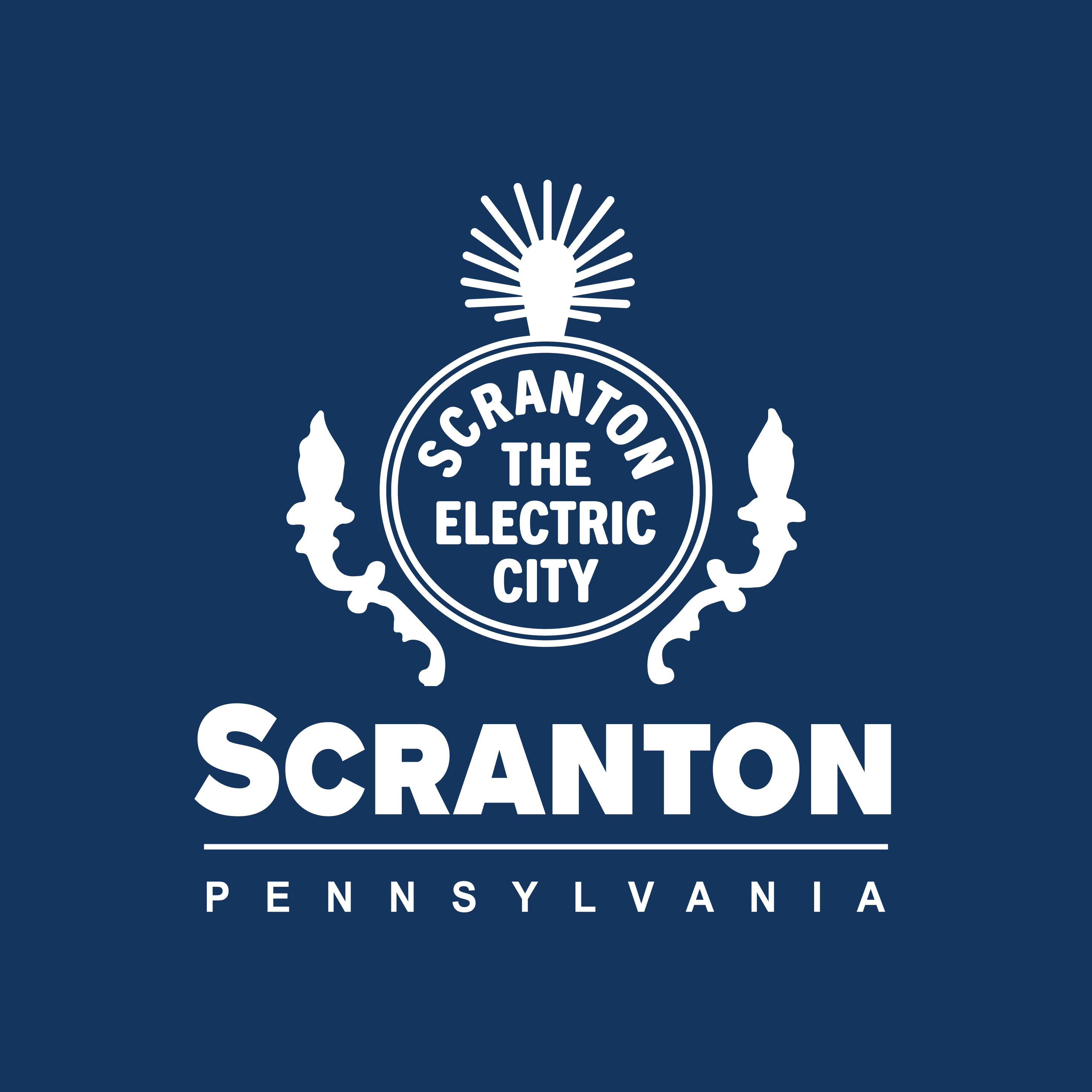North Scranton Neighborhoods Plan
The North Scranton neighborhoods are taking action to become a vibrant community where all residents have a high quality of life and opportunity to succeed. The first step is creating the North Scranton Neighborhoods Plan that will chart the way forward to achieve community goals and address priorities.
The North Scranton Neighborhoods Plan will identify specific strategies to support community development, housing affordability, and economic prosperity that the Scranton Redevelopment Authority will work with partners to implement.
How to Get Involved
What are these community goals and priorities? You tell us! We believe that a strong community is built on the voices of its members. That’s why we’re inviting you, our neighbors, to share your thoughts and priorities with us.
Your insights are invaluable in shaping the future of our North Scranton neighborhoods – from improving our corridors and public spaces to examining housing and transportation needs and more. By participating in the events and survey below, you’re not only contributing to the future of North Scranton but also ensuring that your voice is heard in this conversation.
Take the North Scranton Neighborhoods Plan Survey!
Attend a North Scranton Neighborhoods Plan event!
- Community Kick-Off
- Wednesday, July 31st from 6:30 – 8 p.m. | Weston Park Community Room (127 Spring St)
- Learn about the purpose of the plan and how you can get involved. Share your vision for the future of North Scranton.
- Wednesday, July 31st from 6:30 – 8 p.m. | Weston Park Community Room (127 Spring St)
- Jane Jacobs Walk
- Saturday, August 17th from 10 a.m. – 12 p.m.| Meeting Place: Mary Mother of God Parish (316 Williams St)
- Join us for a 2-hour walk around the community with neighbors. Share your stories about North Scranton and your ideas for its future.
- Saturday, August 17th from 10 a.m. – 12 p.m.| Meeting Place: Mary Mother of God Parish (316 Williams St)
- Listening Session
- Saturday, August 17th from 2 – 4 p.m. | Mary Mother of God Parish (316 Williams St)
- Collaborate with neighbors and the project team. Identify community needs and opportunities to achieve a shared vision for the community’s future that will benefit all residents.
- Saturday, August 17th from 2 – 4 p.m. | Mary Mother of God Parish (316 Williams St)
The Process
The project team is working with a Steering Committee of North Scranton residents, business owners, and institutions to guide the planning process.
Step 1: Listen & Learn
- Conduct a Neighborhoods Study to identify existing conditions and opportunities using demographic, housing, socioeconomic, business and employment, transportation, environmental, and historic resources data sources.
- Engage the community and learn about their priorities and needs through a survey and community engagement events.
Step 2: Vision & Goal Setting
- Create a vision, guiding goals, and focus areas for the plan based on community feedback in Step 1.
Step 3: Policy Development & Implementation Strategy
- Develop specific recommendations and a detailed implementation strategy, including a first-year action plan and identify funding sources, partners, timeline, and more for each recommendation.
Step 4: Implementation
- Present the plan to the community.
- Demonstrate community feedback drove the development of the recommendations.
- Partner with the community in implementation.
- Monitor progress on the plan on an annual basis.
Contact
Questions? Please contact Shaquera Martindale at smartindale@scrantonpa.gov or 570.780.0367
References
North Scranton Study & Plan RFP:https://procurement.opengov.com/portal/scrantonpa/projects/73744

